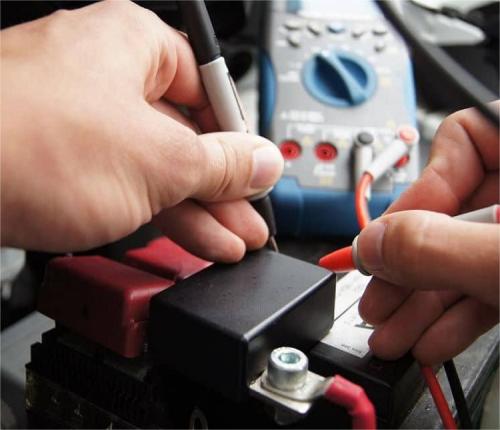Lithium-Ion Battery Care Guide
Active balancing and passive balancing of batteries are two key technologies in battery management systems. They have their own advantages and disadvantages in achieving battery balancing and are suitable for different application scenarios.
Definition and principle of active balancing and passive balancing
Passive balancing: By using bleeder resistors to consume excess charge, ensure that the state of charge (SoC) of all battery cells is roughly the same. This method is low-cost and simple in circuit, but it wastes power and generates heat.
Active balancing: Through external devices or circuits, real-time monitoring of battery cell voltage, temperature and other parameters, the battery is precisely adjusted. Active balancing can redistribute the charge in the battery cell during charging and discharging, thereby extending the system operation time, reducing heat generation, and improving charging efficiency.
Advantages and disadvantages of active balancing and passive balancing
Active balancing:Advantages: High precision and high efficiency, can redistribute charge during charging and discharging, extend the system operation time, reduce heat generation, and improve charging efficiency.Disadvantages: Requires external equipment and power support, high cost, and complex system.
Passive balancing:Advantages: low cost, simple circuit, suitable for small-capacity, low-number lithium battery packs. Disadvantages: low efficiency, waste of power and heat, slow balancing.
Application scenarios:
Active balancing is suitable for battery applications that require high performance and long life, such as electric vehicles, energy storage power stations, etc. Passive balancing is suitable for scenarios with lower performance requirements, such as small electronic devices.






